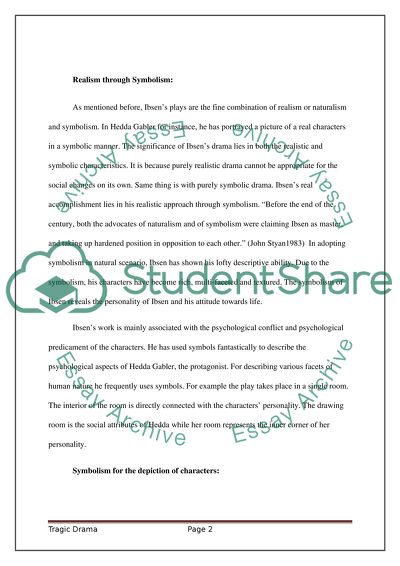Cite this document
(“Tragic Drama Hedda Gabler Essay Example | Topics and Well Written Essays - 1250 words”, n.d.)
Retrieved from https://studentshare.org/literature/1463293-tragic-drama-hedda-gabler
Retrieved from https://studentshare.org/literature/1463293-tragic-drama-hedda-gabler
(Tragic Drama Hedda Gabler Essay Example | Topics and Well Written Essays - 1250 Words)
https://studentshare.org/literature/1463293-tragic-drama-hedda-gabler.
https://studentshare.org/literature/1463293-tragic-drama-hedda-gabler.
“Tragic Drama Hedda Gabler Essay Example | Topics and Well Written Essays - 1250 Words”, n.d. https://studentshare.org/literature/1463293-tragic-drama-hedda-gabler.


